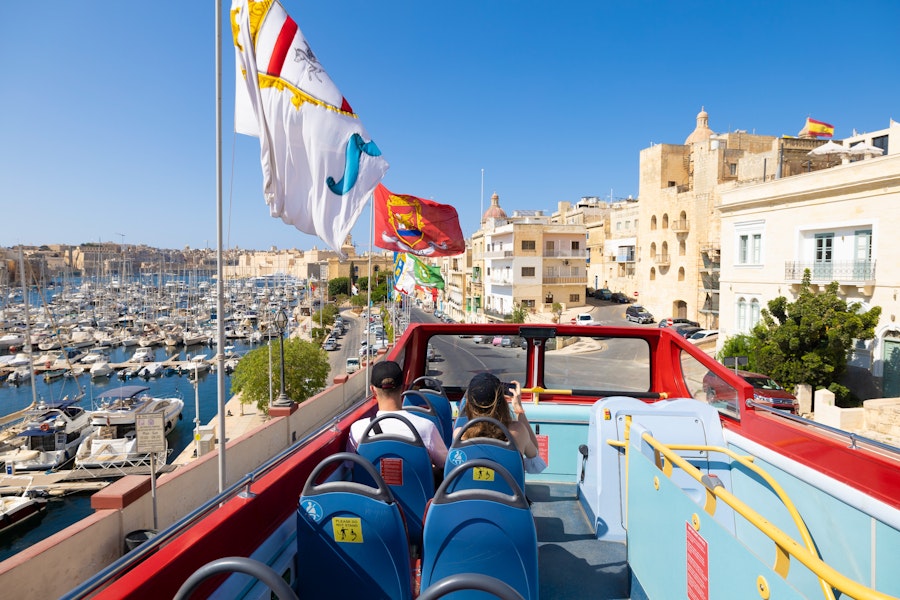iSee Malta Pass
About this activity




Experience Highlights
Discover Malta at your own pace with the iSee Malta Pass. This three-day pass gives you access to the National Aquarium, the Esplora Centre and The Malta Experience show. You can also choose between a tour of the Sacra Infermeria or The Malta 5D Show, hop on and off at your leisure on their sightseeing buses and take a harbour cruise.
- Access places like the National Aquarium and the Esplora Interactive Science Centre.
- Tour the city with the flexibility to hop on and off at tour bus stops.
- Save time and money by having all entrance fees included.
What’s included
- iSee Malta Pass three-day pass
- Bus with unlimited free stops
- Bay Cruise
- Admission to the National Aquarium
Step by Step
The iSee Malta Pass is the perfect way to explore Malta at your own pace. Valid for 3 days from first activation, it gives you access to the island' s main attractions.
You will be able to hop on and off at any of the hop-on, hop-off bus stops on an unlimited basis. This will allow you to discover the city in a comfortable way.
You will have access to places that will allow you to immerse yourself in the history and culture of Malta, such as:
- The Malta National Aquarium, where you will be able to see a wide variety of marine animals.
- The Esplora Interactive Science Centre, which houses a variety of interactive exhibits.
- The option of a tour of the Sacra Infermeria, a 400-year-old infirmary, or The Malta 5D Show, a three-dimensional film about the country.
You can also take a cruise around the port of Valletta and the three surrounding towns.





